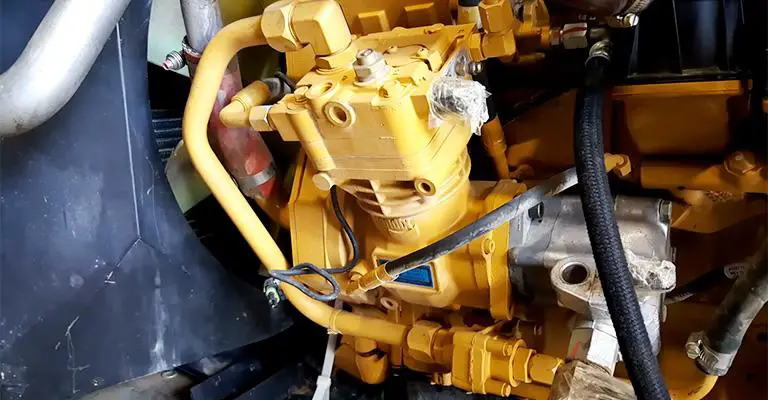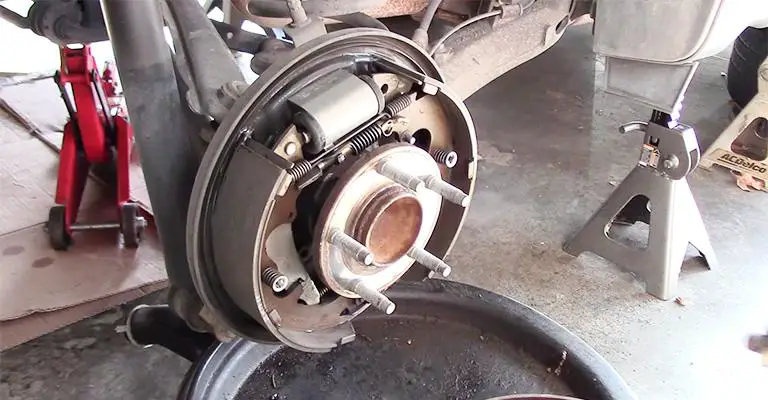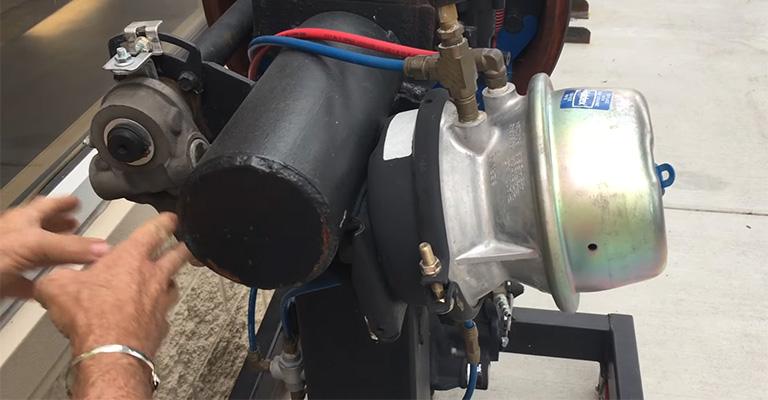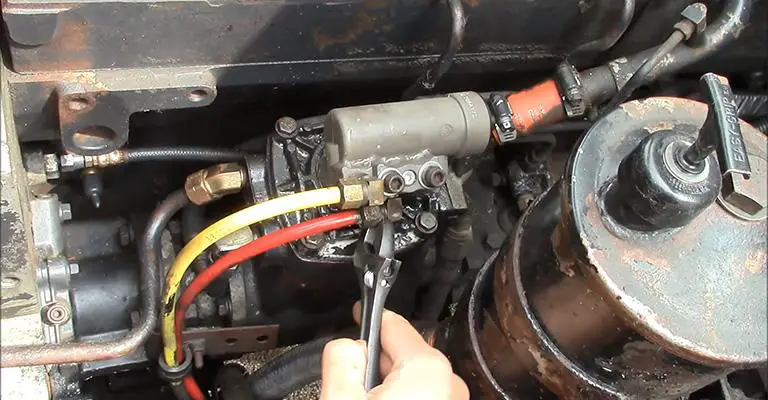Air brakes are a critical component of any vehicle equipped with them, as they provide the necessary stopping power to operate the vehicle safely.
However, it is important to properly maintain and care for air brakes to ensure they function correctly.
One important aspect of air brake maintenance is draining the system regularly. In this article, we will explore why it is necessary to drain air brakes and the steps involved in this process.
Understanding the importance of draining air brakes and how to do it correctly can help keep your vehicle’s braking system in good working order and ensure your safety on the road.
So, let’s dive in and learn more about why air brakes must be drained and how to do it.

Contents
Why Must Air Brakes Be Drained?
Compressed air is used to make air brakes work. Using air brakes on large and heavy vehicles is a safe and effective way to stop, but you must maintain and use them correctly.
Air brakes consist of three braking systems: parking brake, emergency brake, and service brake. When you use the brake pedal during normal driving, the service brake system applies and releases the brakes.
The parking brakes are applied and released when you use the parking brake control. In case of a brake system failure, the emergency brake system uses parts of the parking and service brakes to stop the vehicle.
So, why do you need to drain the air brakes?
The system’s air brakes are adversely affected by compressed air because it contains water and compressor oil. Brakes can fail due to freezing in cold weather, for example.
The bottom of the air tank tends to collect water and oil. If you plan to use air brakes, be sure that the tanks are completely drained.
A drain valve is located at the bottom of each air tank. Two types are available: Manually operated by turning a quarter turn or manually operated by pulling a cable. Draining the tanks at the end of each driving day is your responsibility.
Manual draining may also be available for these tanks. With electric heating devices, automatic air tanks can be heated automatically.
The automatic drain is prevented from freezing in cold weather by these devices. There are a few reasons why it is necessary to drain air brakes regularly:
Moisture Accumulation
Air brakes use compressed air to operate, and this air can contain moisture. Over time, this moisture can accumulate in the system and cause problems such as rust and corrosion. Draining the system helps to remove this moisture and prevent damage.
Improved Brake Performance

Removing moisture from the air brake system can also improve brake performance. When moisture accumulates in the system, it can cause the brakes to feel spongy or less responsive. Draining the system can help restore brake performance and make the brakes more responsive.
Compliance With Regulations
In some cases, draining air brakes may be required by law. For example, commercial vehicles may be required to drain their air brakes every 90 days to comply with federal regulations.
Understanding The Parts Of An Air Brake System
The air brake system consists of many parts. Here are some parts you should be familiar with.
Air Compressor

Air is pumped into the air storage tanks (reservoirs) by the air compressor. Through gears or a v-belt, the air compressor is connected to the engine. There are two types of compressors: those that are air-cooled and those that are engine-cooled.
There may be a separate oil supply, or the engine oil may lubricate it. Check the oil level before driving the compressor if it has its own oil supply.
Air Storage Tanks
Compressed air is stored in air storage tanks. Each vehicle has a different number and size of air tanks. If the compressor fails, the tanks will hold enough air for several uses of the brakes.
Air Compressor Governor

Air is pumped into the air storage tanks when the governor is activated. The governor stops the compressor from pumping air when the air tank pressure reaches the “cut-out” level (around 125 pounds per square inch).
A governor allows the compressor to start pumping again once the tank pressure drops to the “cut-in” pressure (around 100 psi).
Alcohol Evaporator
Alcohol is injected into the air system through an alcohol evaporator in some air brake systems. This reduces the risk of ice forming on air brake valves and other parts during cold weather.
The brakes can stop working if there is ice inside the system. In cold weather, check the alcohol container daily and fill it up as needed.
The air tank still needs to be drained daily to remove water and oil. Without automatic drain valves, the system must be drained manually.
Safety Valve
It is necessary to install a safety relief valve in the first tank into which the air compressor pumps air. The safety valve prevents overpressure from damaging the tank and other parts of the system.
A 150-psi setting is usually set for the valve. There is something wrong if the safety valve releases air. Hire a mechanic to fix the problem.
Final Words
To recap, in most air brake systems, there is a certain amount of water and compressor oil. If left to accumulate, water and oil can damage the brakes. Tanks must be drained regularly to prevent this from happening.
Overall, draining air brakes is important to maintaining the braking system and ensuring it is functioning correctly. It helps to remove moisture and improve brake performance and may also be required by law in some cases.
